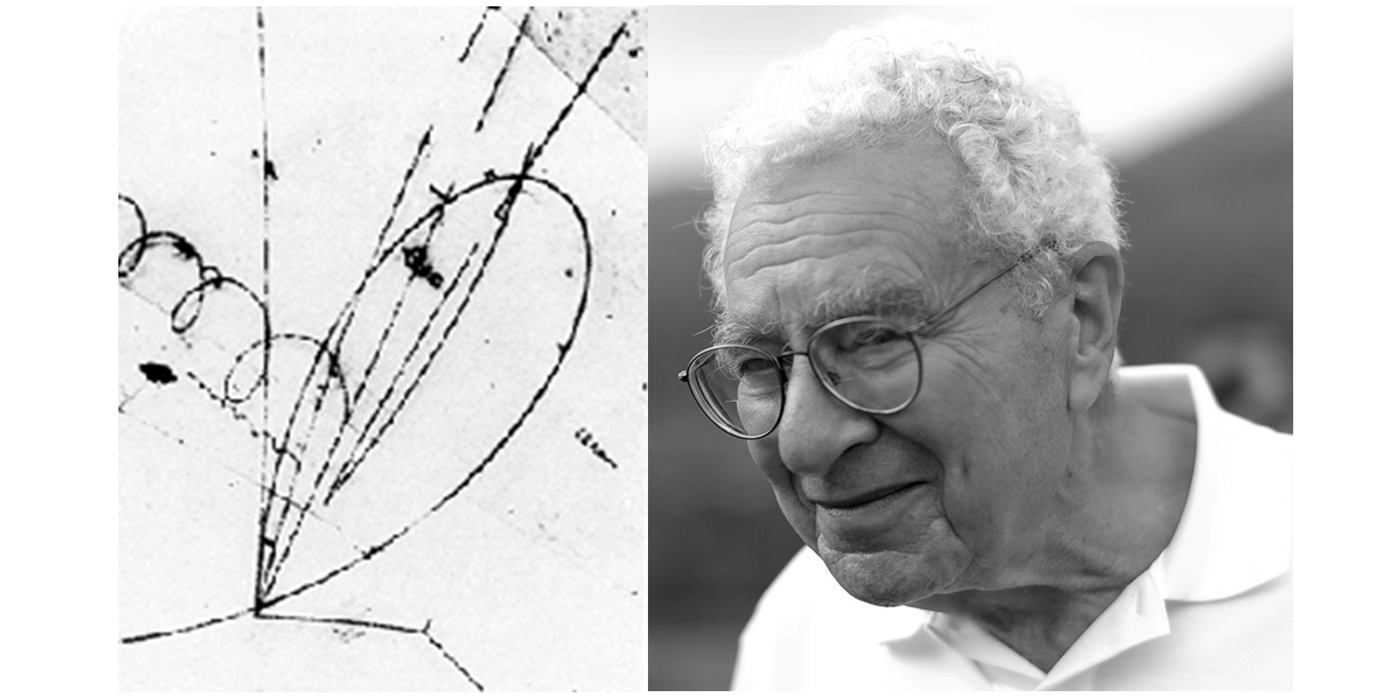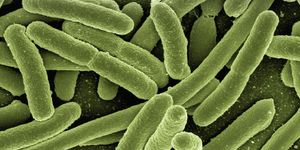Remebering Murray Gell-Mann, Father of Quarks
On May 24, 2019, the world said final goodbye to Murray Gell-Mann the revered physicist who coined the term "quarks". A Nobel laureate and a polymath, Gell-Mann has contributed to remarkable discoveries in particles physics, and led outstanding efforts in understanding complex mysteries of life and mind.
Early years
While some intellectuals only have their talent discovered later in adulthood, it was certainly not the case for Gell-Mann. Besides capable of complex mental maths at a young age, he adopted childhood hobbies such as birdwatching, coin collecting, and encyclopedias reading, the pastimes that are shared by brilliant youngsters.
Graduated as a valedictorian from high school at the age of 14, he got admitted into Yale University and studied physics, the subject that was a compromise between engineering, the choice of his father, and archaeology or linguistics, for which he possessed a strong passion.
Having spent four years in her bachelor and three years in his Ph.D., Gell-Mann stayed briefly at Princeton University and the University of Chicago, before arriving at California Institute of Technology in 1955, where he made his mark in the history of modern physics.
Path to Nobel
Gell-Mann's rise to prominence stems from his theoretical frameworks that help physicists put the “particle zoo” in order. Between the 1950s and 1970s, evidence for dozens of different subatomic particles started to emerge, but they seemed to follow different rules under different circumstances, which puzzled scientists gravely.
Together with Israeli physicist Yuval Ne’eman, Gell-Mann independently proposed their theories to tame the chaos of particle physics. He placed these subatomic particles onto clusters of eight and ten (dubbed the "eightfold way"), with the help of mathematical symmetry (also known as the special unitary matrices). Gell-Mann matrices were named such to honor its creator. His supposition did not just fully explain the properties of existing particles and the way they interact, but also allowed scientists to predict new particles, much like the pioneering work of Mendeleev did with the periodic table of elements. Hence, Gell-Mann was awarded the 1969 Physics Nobel Prize
Father of Quarks
A quark is the smallest building block for all matter in our universe, for example, a proton consists of two up quarks and one down quarks, which are "bound" together. But back in the 1960s, there was no direct evidence of its existence.
In 1964, Gell-Mann hypothesized that a new type of fundamental particles makes up bigger particles such as neutrons and protons, using the "eightfold way". Physicist George Zweig also proposed a similar idea, independently.
The decision to call them "quarks" was Gell-Mann's, because of his admiration of the novel Finnegans Wake by Irish writer James Joyce and his fascination with the book's quirky lingos.
The physical proof for the existence of quarks came later when scientists working at the deep inelastic scattering experiments at SLAC National Accelerator Laboratory found that the proton can be split into smaller, point-like objects. Later studies eventually led to the discovery of the quarks flavors: up, down, strange, charm, bottom, and top.
Santa Fe Institute
Gell-Mann is much more than just a physicist. His curiosity towards the world has driven him to tirelessly learn about cultures, languages, and the nature, with the same intuition in exploring particle physics.
After establishing himself as an iconic figure in physics, Gell-Mann spent much of his later life pursuing many other interests, in particular, his passion for linguistics.
In 1984 he co-founded the Santa Fe Institute, an independent research center for the multidisciplinary study of complex adaptive systems, such as physical, computational, biological, and social systems. His involvement includes organizing an international group of experts in a project to study the origins, evolution, and diversity of human languages.
Murray Gell-Mann: Beauty and truth in physics (TED)
Source: Santa Fe Institute









